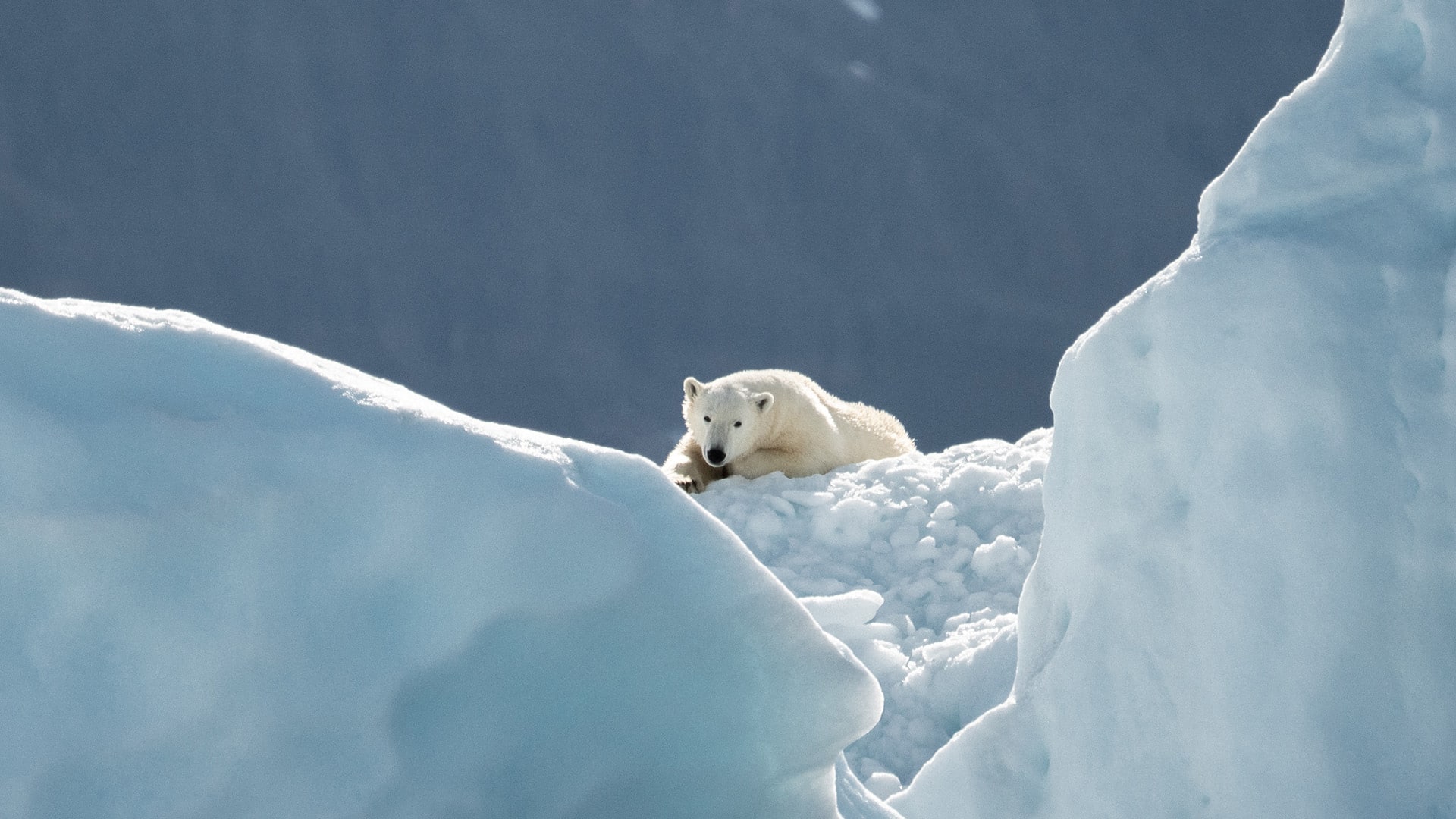In May, the Guardian made headlines when it announced a change to its style guide. No longer would the paper use terms like “climate change” and “global warming” to describe ecological breakdown. Instead, to better communicate the severity of the situation, it would use terms like “climate crisis” and “global heating.” The move was unprecedented in the media industry.
Five months later, the paper announced another change to its climate coverage, but it got a lot less attention. This time, the paper’s images were getting their own style guide update. “Often, when signaling environmental stories to our readers, selecting an image of a polar bear on melting ice has been the obvious—though not necessarily appropriate—choice,” wrote Fiona Shields, the paper’s photo editor. “These images tell a certain story about the climate crisis but can seem remote and abstract – a problem that is not a human one, nor one that is particularly urgent.” Readers, Shields claimed, “respond to human pictures and stories.” To that end, the paper would use “fewer polar bears and more people” to illustrate the climate crisis.
To an extent, Shields has a point: To tell a more well-rounded story of the crisis, photo editors have long needed to get over their polar bear fixation and highlight the devastating impact on humans. In that context, the Guardian’s decision sounds like an improvement on the status quo. But there are dangers to this approach, and photo editors at other publications should be wary of replicating it.
For advice on how to improve its climate imagery, the Guardian spoke with Climate Visuals, a company that has interviewed thousands of people in the US and Europe about how they respond to climate change imagery. Through those interviews, Climate Visuals came up with seven “core principles” for better climate change photography, including “Tell new stories” and “Be careful with protest imagery.” But the most important principle? Show more people.
“A more diverse, human-focused visual language that joins the dots between climate impacts, our health and wellbeing, and the human impact of low-carbon technologies would revolutionize the visual meaning of climate change,” Adam Corner, the director of Climate Visuals, told the Columbia Journalism Review. A BBC article about Climate Visuals illustrates Corner’s perspective. It shows two photos back-to-back: One of a bleached coral reef, and another of a scientist in scuba gear doing research on the impacts of climate change on coral. A two-part caption asserts that researchers found the first image had “less impact” than the second.
There’s no reason to doubt the veracity of Climate Visuals’ research. It makes perfect sense, given the dominant culture’s unapologetic anthropocentrism, that the average news consumer doesn’t care about the destruction of nature unless it impacts humans in some way. The principles put forth by Climate Visuals tacitly accept anthropocentrism as a facet of human nature, and seek to indulge it by framing climate change, as Corner once put it, as “a human story.”
That’s a mistake. An anthropocentric worldview is not intrinsically human, but rather a relatively recent historical development whose rise is closely linked to the logic of industrial capitalism. It’s a worldview, in fact, that is at the root of our present ecological crisis. When humans started believing they were the most important living things, they gave themselves permission to destroy all the other creatures on Earth for their own benefit. Climate change is one of the consequences of that behavior.
The team at Climate Visuals would certainly agree that photography is not merely a slave to popular opinion, but rather a powerful tool for shaping attitudes. So why not use it to combat the devastating myth that humans are the center of the universe? Climate change, of course, is caused by humans, but its impacts are not limited to humans—or polar bears, for that matter. A photographic palette that captures a wide spectrum of destruction—to humans and their communities, yes, but also to a huge variety of plants, animals, and ecosystems—would not just paint a clearer portrait of the climate crisis; it could contribute to the kind of culture shift needed to solve it.
If the Guardian is any indication, however, the media may be heading in the wrong direction, pivoting from climate change photography that leaves humans out of the picture to photography that leaves everything out of the picture besides humans. The best way forward, though, is an approach as yet without a champion in the media industry: an approach that acknowledges that all of us—humans, polar bears, and all other living things—are in this together.
By Jordan Teicher
© Annie Spratt


